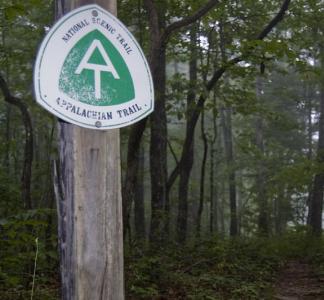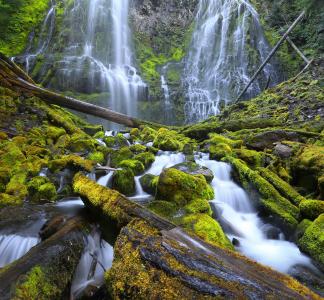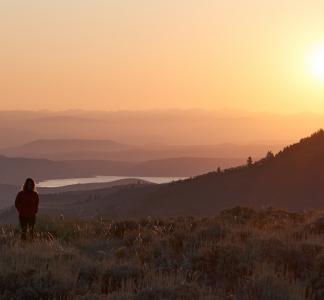John Orcutt
A refuge from climate change
The High Peaks region of western Maine holds some of the wildest forests east of the Rocky Mountains. It’s no wonder the segment of the Appalachian Trail that runs through the area is often called one of the wildest and most remote stretches of the trail.
These undeveloped lands are crucial in helping wildlife and plant species expand their ranges as climate change alters their current habitat. The High Peaks allow wildlife and plant species the unfragmented land they need to migrate and adapt. By protecting the area, we will conserve large, interconnected and ecologically crucial land to stand as a bulwark against climate change. We’ll also preserve undisturbed recreation opportunities along a major stretch of the Appalachian Trail.
The High Peaks region is home to some of the largest tracts of undeveloped wildlands in the eastern United States—and also to some of the most remote terrain on the Appalachian Trail. These undeveloped lands serve as a refuge for species adapting to climate change.
The threat
Development and climate change have increased the importance of migration corridors that connect protected wildlands, reducing isolation of animal and plant populations and letting species migrate and adapt even across states or regions. Western Maine’s High Peaks is one of these areas, a stretch of unbroken forest that needs strong and scientifically sound protection as part of a “landscape-scale” approach to conservation.
Most of the High Peaks landscape was once privately owned and threatened by development. We worked with partner organizations to protect much of the land, allowing us to preserve the ecological value of the landscape. Additionally, we conduct research and develop conservation plans that help protect moose, bobcats, dozens of migratory bird species and many plant varieties adapt to climate change.
What we're doing
-
Determining areas in greatest need of protection
We conduct field work and analyze existing research to determine which areas in Western Maine’s High Peaks and throughout the Appalachian Trail need protection the most.
-
Modern conservation planning
With partners, we develop landscape-scale conservation plans for protecting the High Peaks and the entire Maine portion of the Appalachian Trail. These plans balance conservation, recreation and other forest uses.
-
Purchasing lands for future generations
We help acquire lands in need of permanent protection, whether through real estate transactions, conservation easements or purchases of ecological reserves.



